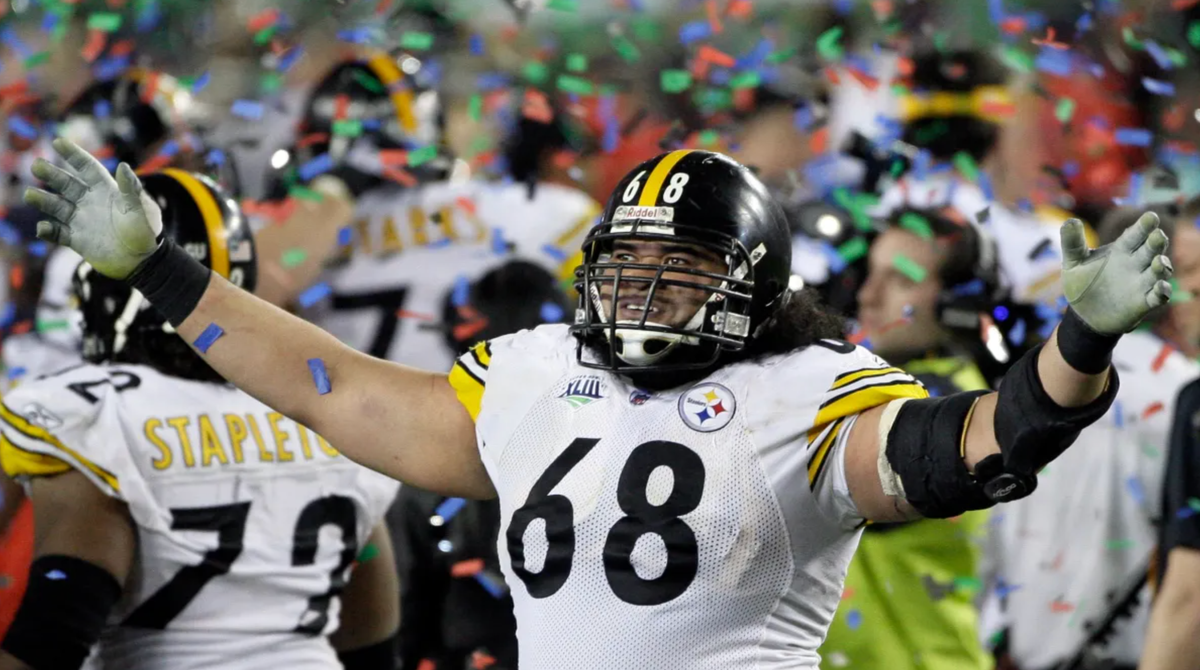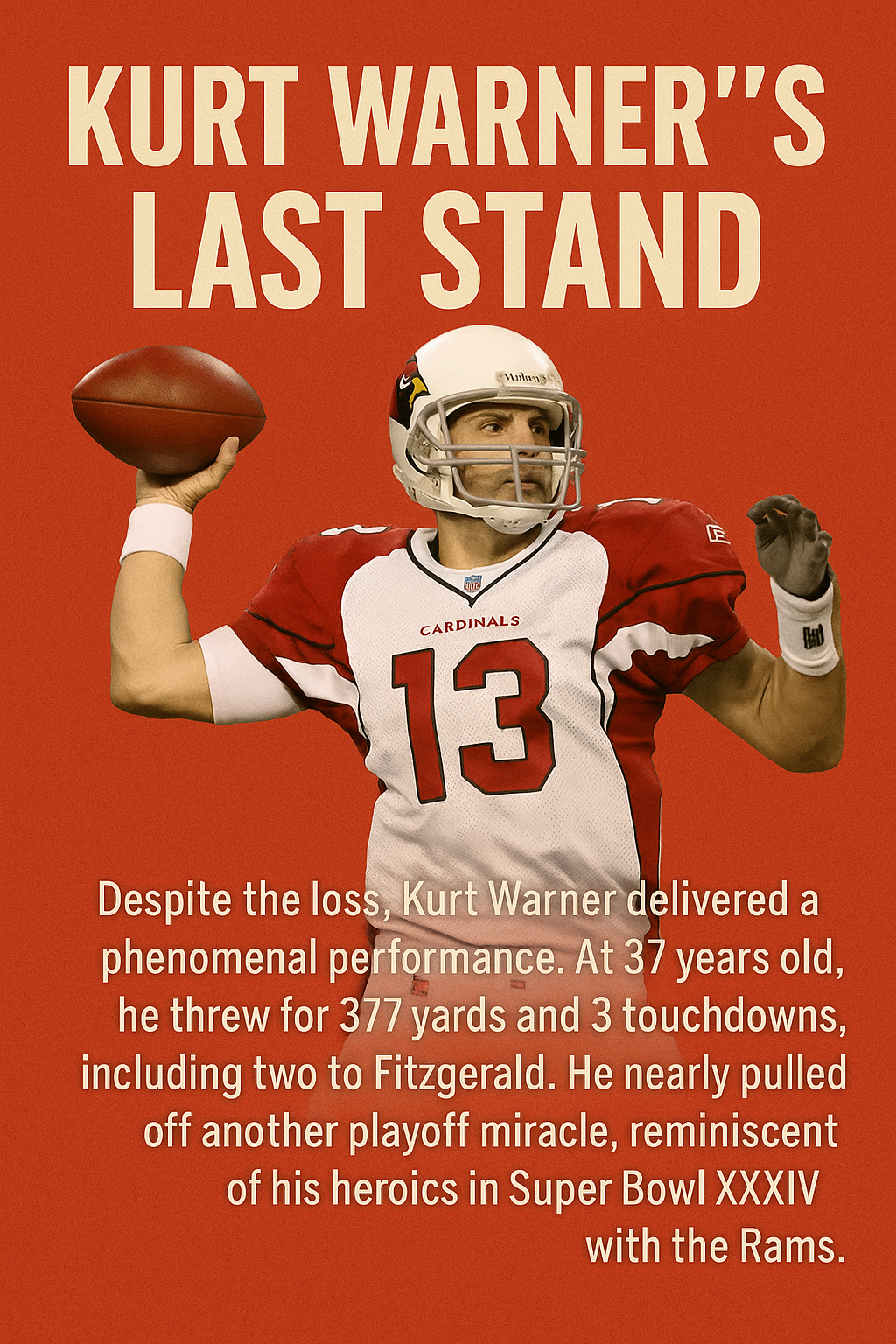Super Bowl XLIII: A Game of Heroes, Highlights, and History

On February 1, 2009, the NFL world witnessed one of the most thrilling championship clashes in history: Super Bowl XLIII. Held at Raymond James Stadium in Tampa, Florida, this showdown between the Pittsburgh Steelers and the Arizona Cardinals defied expectations and left an indelible mark on football lore. The game was a drama-laden classic—defined by momentum swings, highlight-reel plays, and a game-winning drive worthy of immortality.
The Final Score
- Pittsburgh Steelers: 27
- Arizona Cardinals: 23
With just 35 seconds left on the clock, Ben Roethlisberger connected with Santonio Holmes in the back corner of the end zone to seal a win that secured Pittsburgh’s record sixth Super Bowl title. But that final score belies the chaos, grit, and brilliance that unfolded over four quarters.
Act I: A Promising Start
The first half was controlled largely by Pittsburgh. They methodically marched down the field on their opening drive, with Jeff Reed kicking a field goal for an early lead. The Cardinals' offense, led by Kurt Warner, seemed out of rhythm early as the Steelers’ defense exerted steady pressure. On Pittsburgh’s second drive, Gary Russell punched in a touchdown from the 1-yard line, putting them up 10–0.
But Arizona responded. Warner orchestrated a quick 83-yard drive, culminating in a 1-yard touchdown pass to Ben Patrick, cutting the lead to 10–7.
James Harrison’s 100-Yard Miracle
What followed was arguably the most iconic defensive play in Super Bowl history. As the second quarter neared its end, the Cardinals were on the verge of taking the lead. But on first-and-goal from the 1-yard line, Warner threw a pass toward Anquan Boldin that was read perfectly by James Harrison, the Steelers’ All-Pro linebacker.
Harrison intercepted the ball at the goal line and began an astonishing 100-yard return—weaving past Cardinals, stiff-arming tacklers, and running out of breath as he crossed the goal line with no time left on the clock. The play not only prevented Arizona from scoring but gave Pittsburgh a 17–7 halftime lead and created a 14-point swing.
“No moment in Super Bowl history better encapsulates the high-wire balance of risk and reward than James Harrison’s return,” said Dr. Harold Whitmore, senior analyst at the Super Bowl Historical Society. “It was a defensive masterpiece wrapped in chaos, conditioning, and sheer willpower.”
Second-Half Adjustments and Arizona’s Resurgence
In the third quarter, both teams traded punts and struggled to move the chains. The tension began to build. Warner and the Cardinals finally broke through early in the fourth quarter with a 1-yard touchdown strike to Larry Fitzgerald, narrowing the gap to 20–14.
Then came a shocking twist.
Pinned deep in their own territory, the Steelers were called for a holding penalty in the end zone—resulting in a safety. Suddenly it was 20–16, and the Cardinals had life. What followed next was cinematic: Warner hit Fitzgerald over the middle, and the superstar wide receiver turned on the jets, racing 64 yards down the field for a go-ahead touchdown with just 2:37 remaining.
Arizona had stormed back. They now led 23–20.
The Final Drive: Roethlisberger to Holmes
Many quarterbacks would have folded. But Ben Roethlisberger, known more for his rugged style than surgical precision, delivered perhaps the best drive of his career. With calm under fire, he led the Steelers 78 yards in 2 minutes, facing a ferocious Cardinals pass rush and a stadium roaring in disbelief.
On second-and-goal from the 6-yard line with just 42 seconds left, Roethlisberger floated a pass to Santonio Holmes, who made a toe-dragging catch in the back right corner of the end zone—contorting his body and tapping both feet before falling out of bounds.
The play was reviewed. It stood. Touchdown, Pittsburgh. 27–23.
“That toe-tap is taught in every receiver camp,” noted Maria Lawson, a researcher at the Super Bowl Historical Society. “But what Holmes did wasn’t just technique—it was ballet in a phone booth. That catch earned him MVP and a place in history.”
Holmes’ MVP Performance
Santonio Holmes was electric. He caught 9 passes for 131 yards, including four crucial receptions on the final drive. His performance won him Super Bowl MVP honors, and rightfully so.
Though Roethlisberger was impressive (256 yards, 1 TD), it was Holmes’ hands, poise, and playmaking ability that defined the night.
Kurt Warner’s Last Stand
Despite the loss, Kurt Warner delivered a phenomenal performance. At 37 years old, he threw for 377 yards and 3 touchdowns, including two to Fitzgerald. He nearly pulled off another playoff miracle, reminiscent of his heroics in Super Bowl XXXIV with the Rams.

Larry Fitzgerald also etched his name into the record books, finishing with 7 catches for 127 yards and 2 touchdowns.
The Defensive War
Pittsburgh’s vaunted defense—ranked #1 in the NFL that year—bent but didn’t break. James Harrison, Troy Polamalu, and LaMarr Woodley all made key plays. Though Arizona racked up 407 total yards, the Steelers forced two turnovers and pressured Warner at key moments.
It was a masterclass in complementary football—offense and defense stepping up when needed most.
Cultural and Historical Impact
Super Bowl XLIII was more than a football game. It was a demonstration of mental toughness, redemption, and the unpredictability of the sport. For Pittsburgh, it marked a record sixth Lombardi Trophy, putting them ahead of the Cowboys and 49ers at the time.
For the Cardinals, it was heartbreak—but also validation. Once a perennial doormat, Arizona had finally arrived on the NFL’s biggest stage, and they proved they belonged.
Legacy
- James Harrison’s 100-yard INT return is still the longest in Super Bowl history.
- Santonio Holmes’ game-winning catch is regularly listed among the top plays in NFL history.
- The Steelers became the first team to win six Super Bowls.
- The game featured three lead changes in the fourth quarter—a Super Bowl record at the time.
Final Thoughts
Super Bowl XLIII was the very definition of a classic. It had everything: a dominant defense, two elite quarterbacks, jaw-dropping plays, and a finish worthy of Hollywood. For Pittsburgh fans, it was sweet vindication. For Arizona fans, it was agony—and proof that one play, one toe, one second, can decide a legacy.
As NFL Films later called it, “The Catch, The Return, and The Drive—all in one night.”
